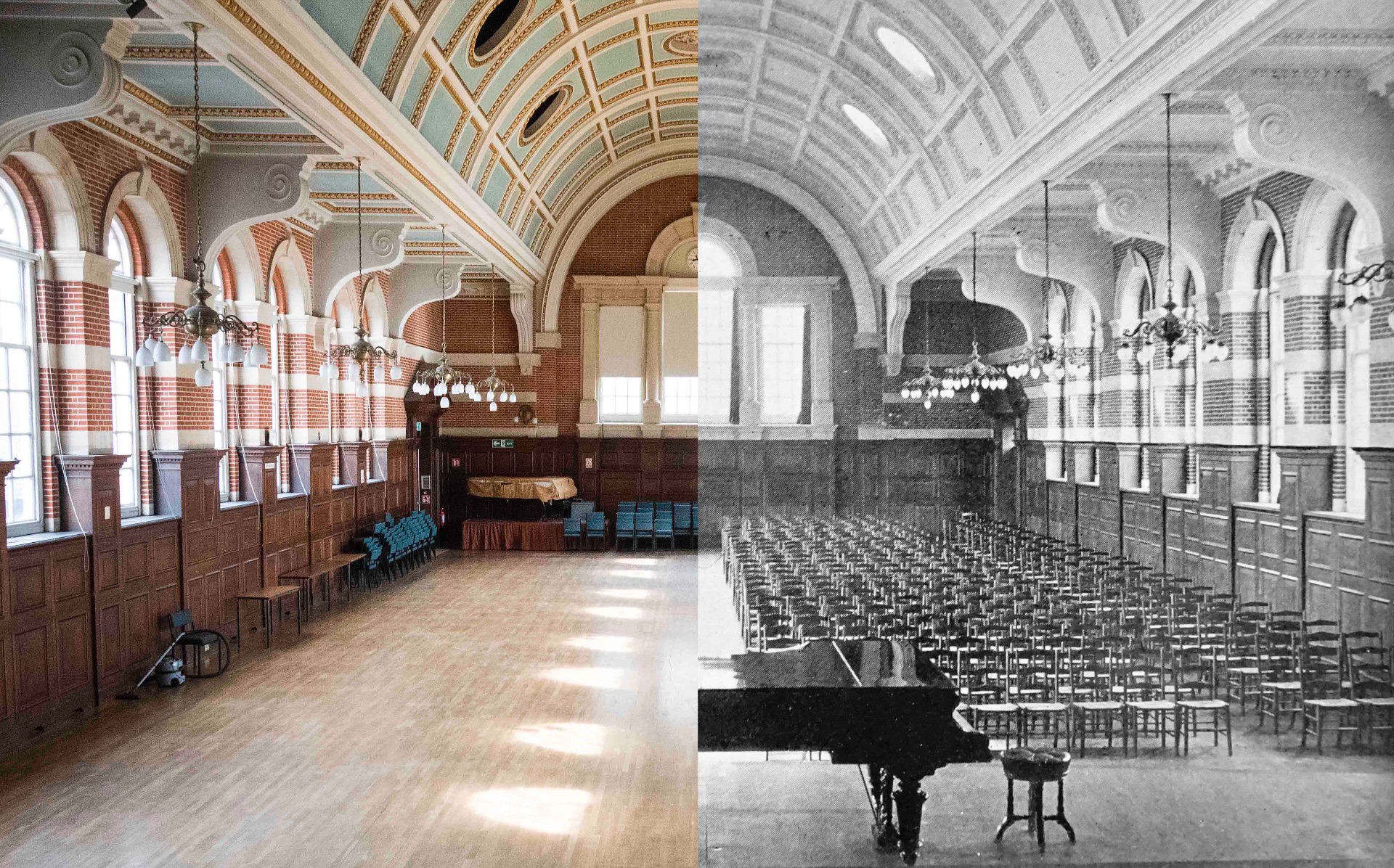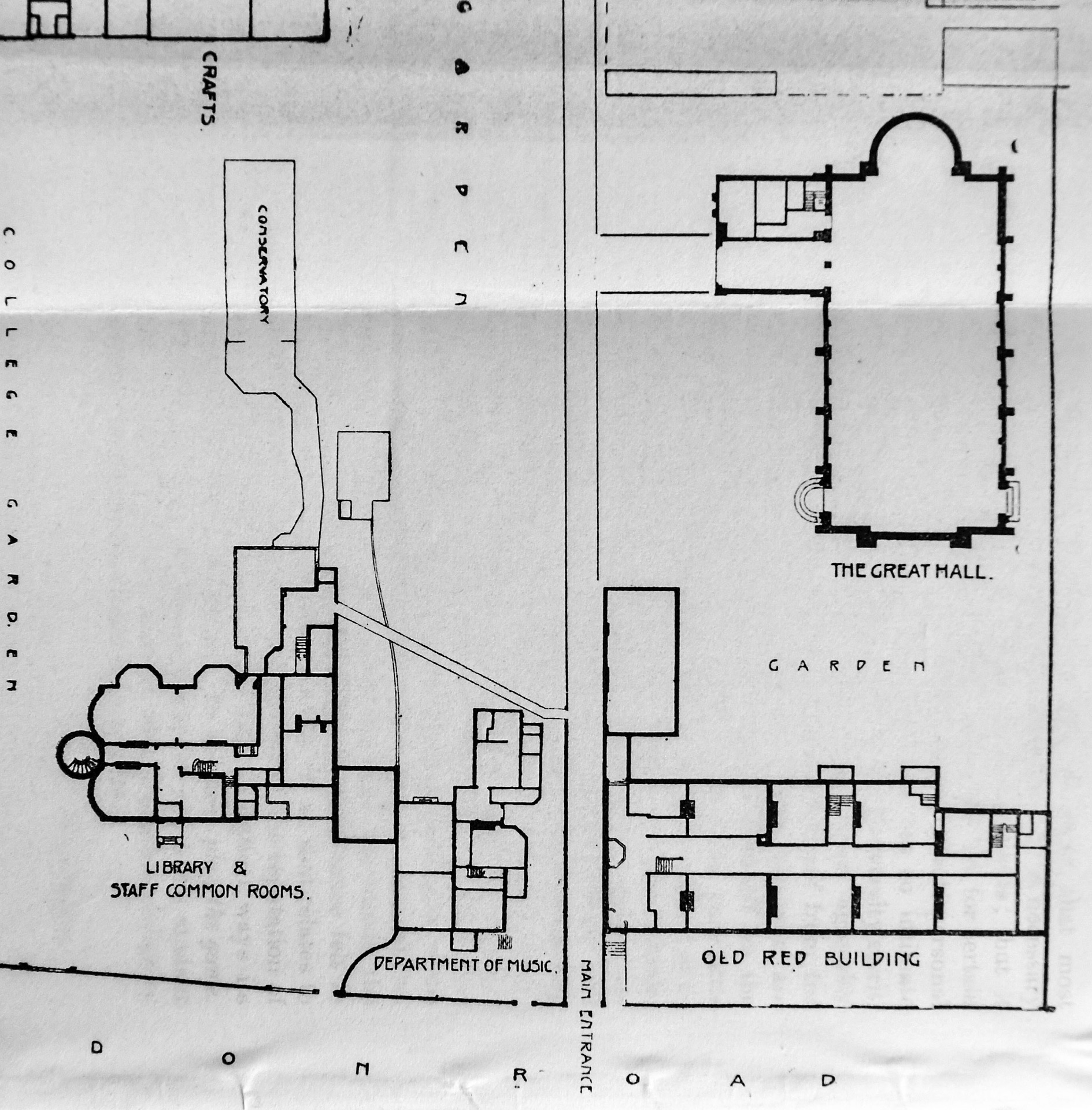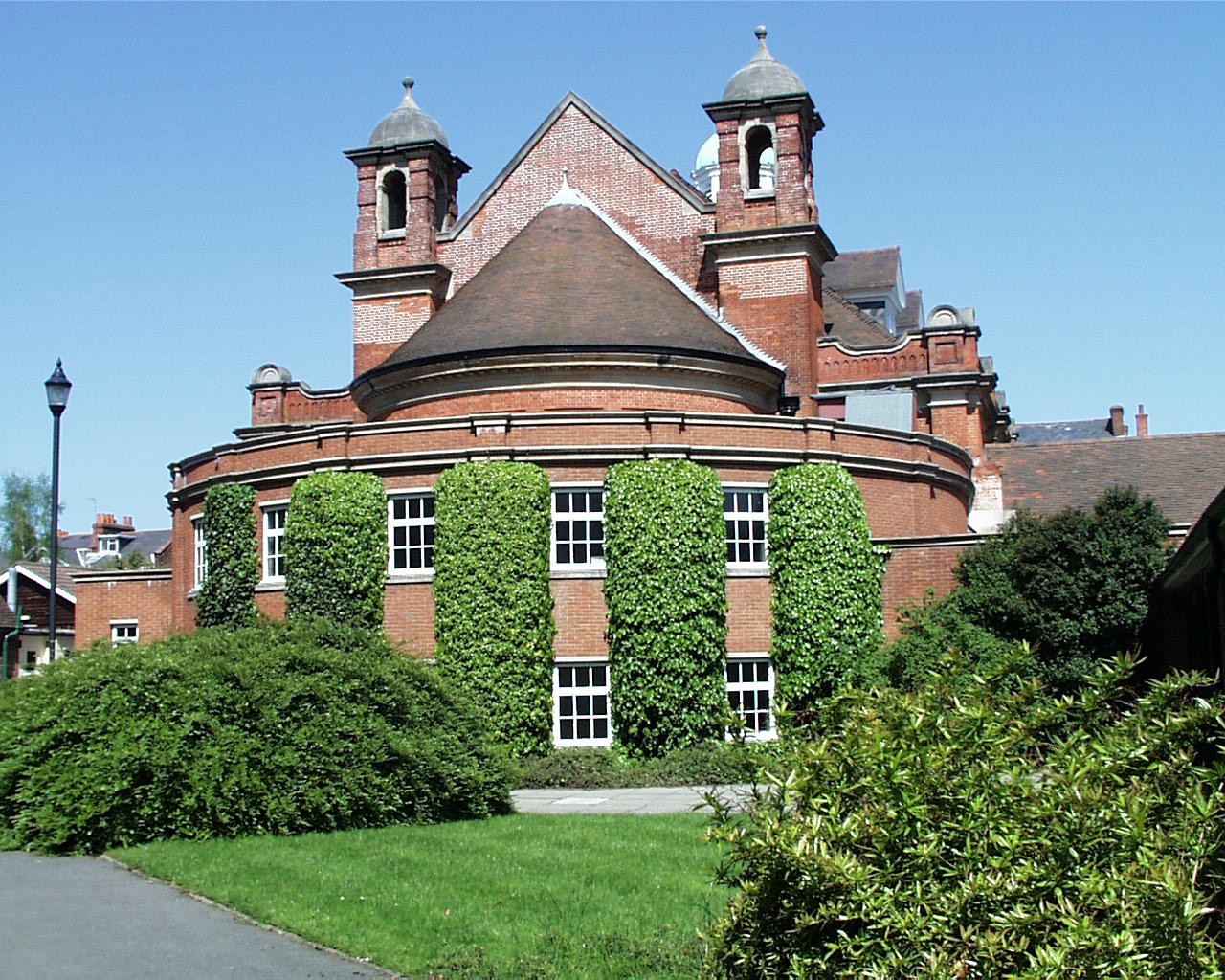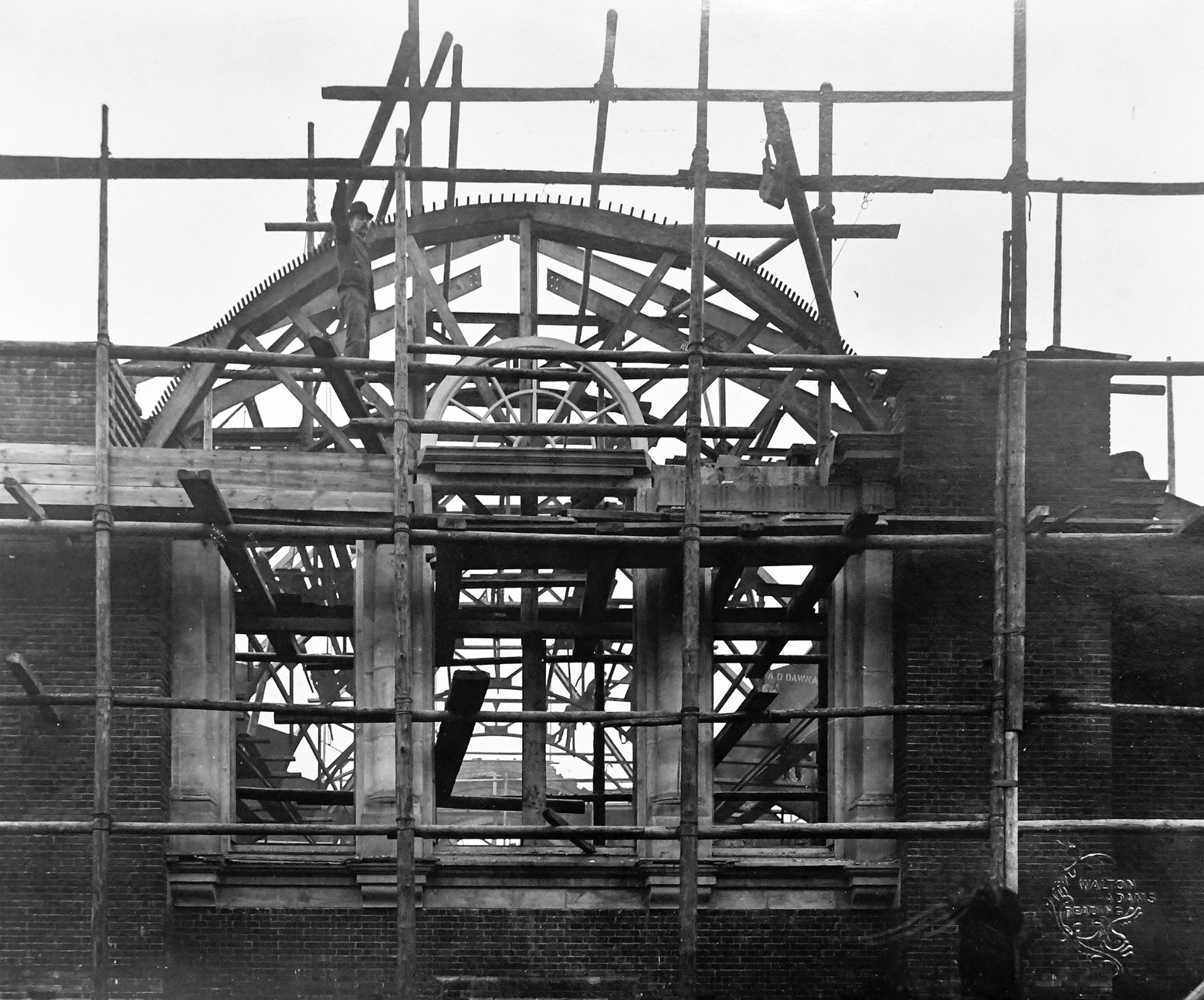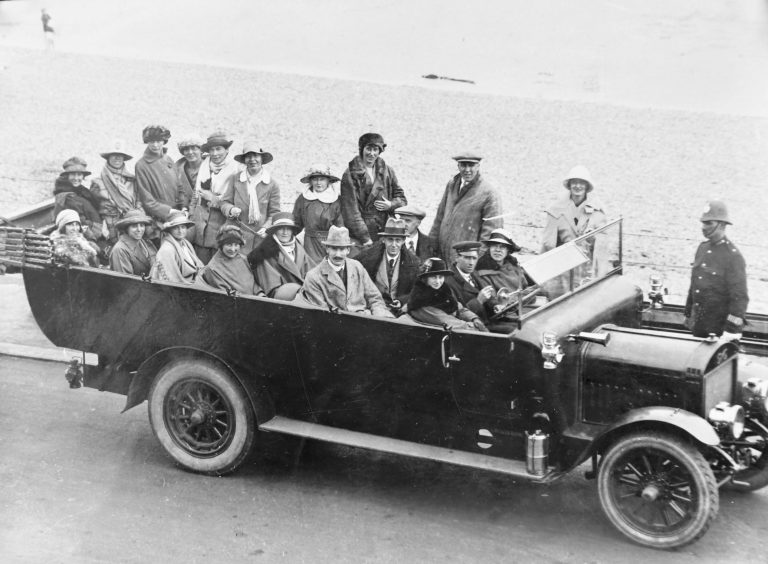The Great Hall was opened in 1906, but it wasn’t until the summer vacation of 1911 that the organ was installed.
An organ fund had been established, however, and by the end of the summer term of 1911 sufficient money had been raised, or at least promised, for the installation to go ahead. A total of about £500 had been raised by 267 past and present students. Some of the donors (overwhelmingly female) were listed in Tamesis, the college magazine.

The College’s Annual Report for 1911-12 praised their generosity:
‘The sustained interest of past and present students in their college was signally shown when in October, 1911, they presented the organ which fills the apse in the College Hall. The instrument is an admirable one; it bears a suitable inscription, and the Council are confident that the Governors will not fail to appreciate the generous loyalty which prompted it.’ (pp. 5-6)
In fact, the response had been so generous that there were sufficient funds to add ‘Trumpet and Duciana Mixture Stops’ before the official opening. The organ was built during the summer vacation by J. J. Binns of Leeds, and much was made of that fact that its bespoke case was made of cedar wood from a tree that had once stood on the very site that the organ now occupied. The exact specifications can be found in the College Review of December 1911 (pp. 31-2).
The opening ceremony took place on 21st October 1911. In its report of the occasion, Tamesis announced somewhat pompously that:
‘We have the greatest pleasure in being able to chronicle the metamorphosis of the Organ Fund into the College Organ.’ (p. 32)
A recital was performed by Dr H. P. Allen, Director of the Music Department, who played a programme of works by Bach, Mozart, Haydn, Schumann, Byrd and Rheinberger.
The organ can be seen clearly in the images below. The first shows the Hall set out for examinations – it is undated but belongs to items catalogued as early 20th Century; as its caption is ‘Reading University’, it would have been taken after 1926.
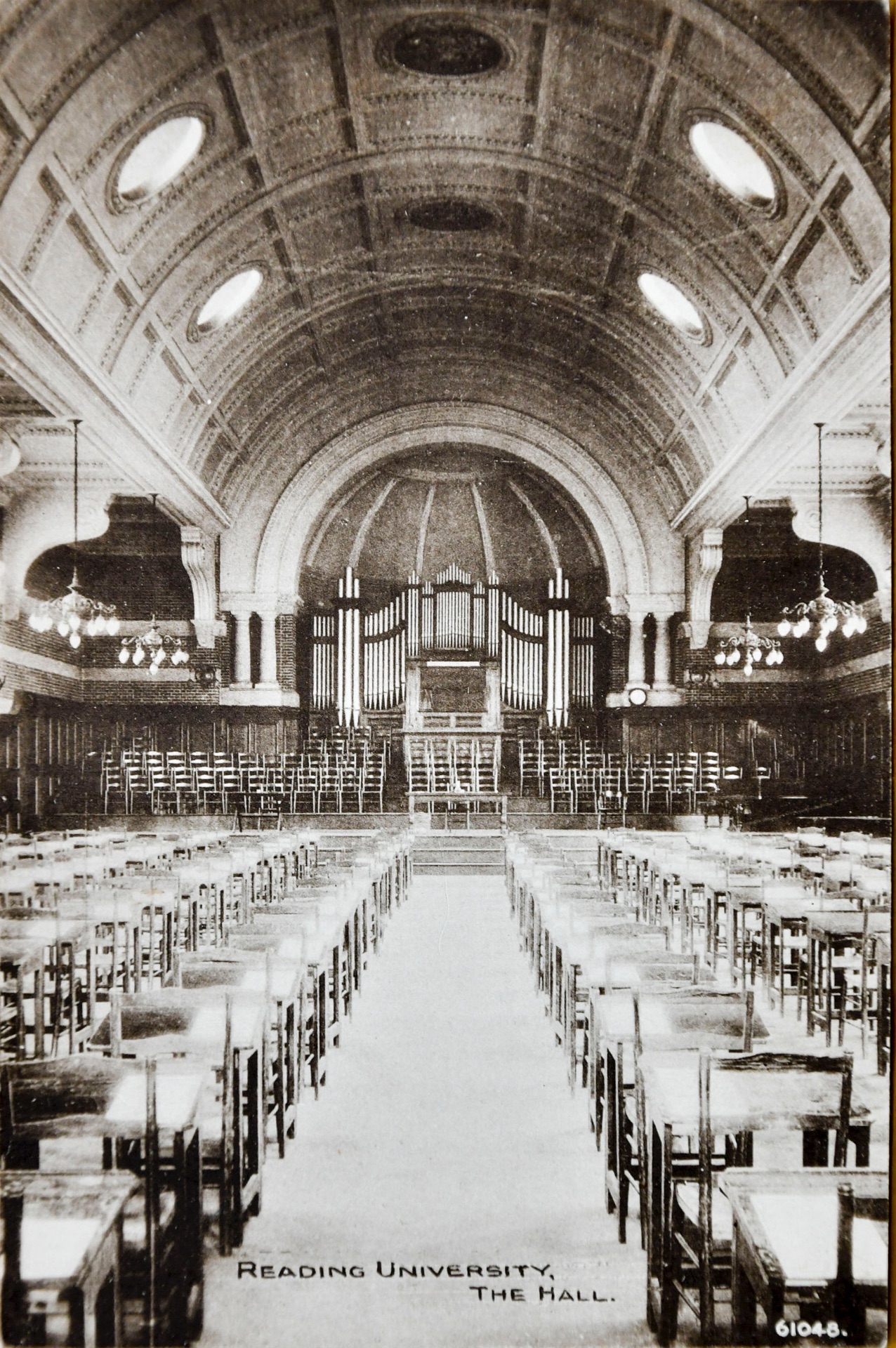

The centenary of the installation of the organ was celebrated in October 2011, exactly 100 years to the day after its inauguration. The recital by Tim Byram-Wigfield, Director of Music at St George’s Chapel, Windsor, included some of the pieces from the original ceremony.

Sources
Childs, W. M. (1929). A note on the University of Reading. Reading: University of Reading.
The Reading University College Review, Vol.IV, December 1911, No. 10, pp. 30-32.
University College Reading. U.C.R. accounts and reports, 1911-12.
University of Reading, Special Collections. Postcards in MS 5383/1-12: University Buildings early 20th Century.

